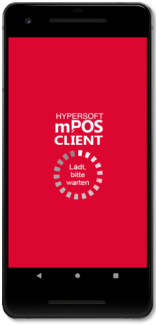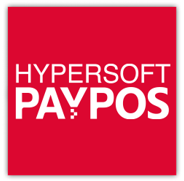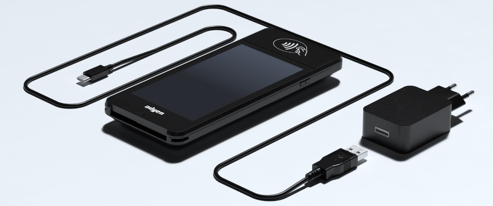mPOS Client-Server

What is the difference between mPOS Client-Server and PayPOS?

Technically, the two variants do not differ from each other, as both automatically start one instance on the main cash register or the server per licensed mPOS client server or PayPOS licence. For licensing reasons, however, a distinction is made between the hardware on which the client is installed. If the client is installed on a payment terminal, the PayPOS licence must be used. If the client is used on another Android device (e.g. Rocket 2), the mPOS client-server licence is required.
Variants and unit classes
The system is compatible with several device classes. Initially, it is to be used as a PayPOS system on special Hypersoft Pay payment terminals. Device class mPOS Client Server as PayPOS.
A use on professional Android devices without payment is the class mPOS Client Server as Android Professional.See Rocket (for Android).
PayPOS with the mPOS Client-Server

PayPOS is the combination of our mobile cash register mPOS and a payment terminal from one of our partners which we use in the following integrations:
The mPOS programme runs directly on the payment terminal and seamlessly connects the cash register functions with it. See also the possible combination licences under Integrated licences for PayPOS.
See the possible configurations under Integrated licences for PayPOS.
mPOS Client-Server product launch
mPOS Client-Server is the latest version of the successful mPOS programme.
It is a client-server architecture comparable to a remote desktop. The actual server application is installed on stationary devices such as cash register servers, PCs as cash register stations or main cash registers.
Technical information about the mPOS server and client
The mPOS Server is an extension to the existing mPOS programme. It is set up like a station and the clients are assigned. Here, the mPOS Client programme commands are processed and communicated with the POS system as usual. The IIS now runs locally and booking data or master data is no longer exchanged with the mobile device (the IIS could be omitted later at this point).
The mPOS Client is a new software that is installed on the respective terminal. The intended terminals for this are the Saturn F2 (portable) and the Saturn EL (mobile) and Saturn E2L with Adyen. The same applies to Switzerland with Hypersoft Pay with PayTec.
The client displays the image data of the individual mPOS instances coming from the server (the mPOS interface). It records and transmits the client's interactions to the server (mouse actions, scans, etc.). The client also includes the interfaces to the local hardware such as 3-d scanner/camera for QR codes and Bluetooth POS printer.

The most important connection in this context is the seamless integration of the respective payment processes of the devices into the mPOS. For this purpose, we have the latest payment terminals in smartphone format (yes, including all the proven mPOS checkout functions).

Through a unique Hypersoft algorithm, inputs and outputs can be processed simultaneously and without delay between the mPOS server and several mPOS clients. But we have a few new things for you in mPOS too:

All the functions known from the mPOS are also available to the mPOS client and with the new devices the fun also increases for your operator:

Further documentation:
Noteworthy information about mPOS Client-Server
mPOS Client-Server in practice
Back to the parent page: Hypersoft mPOS